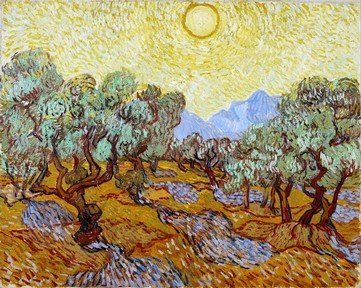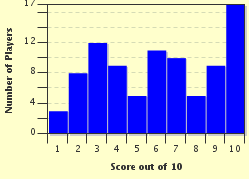Quiz Answer Key and Fun Facts
1. Unfortunately, there is no gallery to which I can direct you in order to see "Junger Mann mit Mütze" (Young Man with Hat), since it is part of a private collection in Zurich. Painted in 1888, it is the work of which of the great Post-Impressionists?
2. Part of the collection at the New Masters Gallery in Dresden, Germany, 'Kopf eines Bauernmädchens' ("Head of a Peasant Girl") is an 1879 oil by which Realist artist?
3. Painted in 1505, "Portrait of a Young Venetian Woman" today hangs in the Kunsthistorisches Museum in Vienna. It is the work of which artist, known for his altarpieces, religious works, portraits and self-portraits, and widely regarded as the greatest artist of the Northern Renaissance?
4. Painted in 1919, 'Zingara con Bambino' ('Gypsy with Baby') is a work by an artist with a distinctive style who we have seen already elsewhere in our virtual gallery. Who is this painter/sculptor known for his elongated faces and figures?
5. Dating to the latter part of the 19th-Century, "Farmer's Wife" can be seen at the National Gallery of Art in Washington D.C. It is the work of which Impressionist/Neo-Impressionist artist?
6. Painted between 1888 and 1890, "Boy in a Red Waistcoat" can be seen today at the National Gallery of Art in Washington D.C. This painting is the work of which Post-Impressionist artist?
7. Painted in the 1870s, 'Der Tagtraum' ('The Daydream') hangs in the Ashmolean Museum of Art and Archeology in Oxford, the world's first university museum. It is the work of which English artist, one of the co-founders of the Pre-Raphaelite Brotherhood?
8. Painted sometime around 1650, 'La costurera' ('The Needlewoman') is a work by the leading artist in the court of King Philip IV of Spain. Who is this painter, one of the most important artists of the Spanish Golden Age?
9. Painted in 1866, "The Collector of Prints" is part of the collection at the Metropolitan Museum of Art in New York City. The painter of this piece is better known for his paintings of people in a rather more active mode than the gentleman depicted here. Who is this artist, one of the founders of Impressionism?
10. We finish our look around this fourth room of our virtual gallery with an 1879 painting called "Lydia Leaning on Her Arms (in a Theatre Box)". This is a work by which female artist, particularly known for her depiction of mothers and children?
Source: Author
EnglishJedi
This quiz was reviewed by FunTrivia editor
looney_tunes before going online.
Any errors found in FunTrivia content are routinely corrected through our feedback system.

